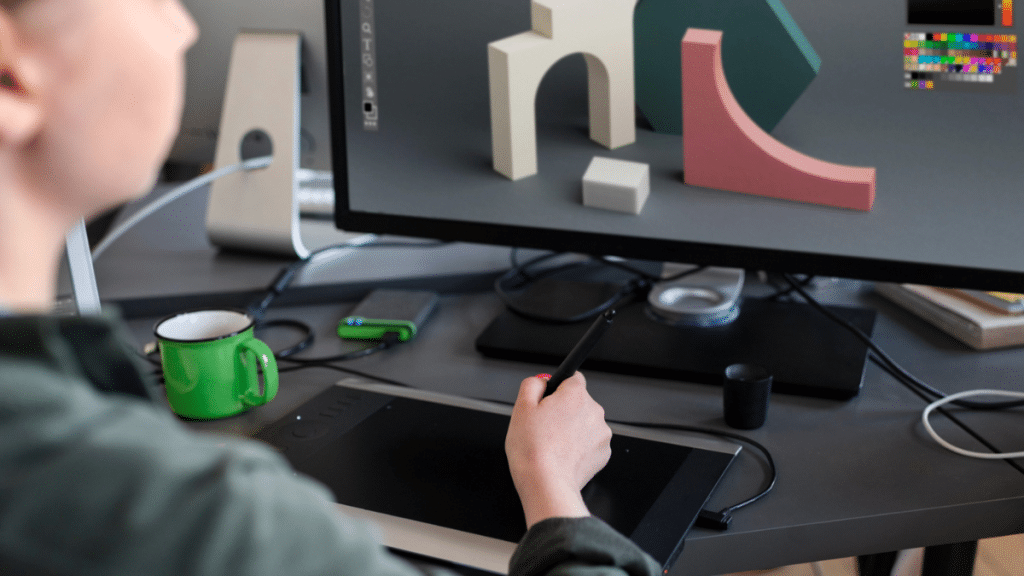New product development requires a significant amount of time and resources. However, with virtual prototyping, companies have made big strides towards reducing these costs and time-to-market.
Virtual prototyping is simply the use of computer software and systems to design and test new products before creating physical prototypes. This post will delve deep into how this new method is slowly shaping the future of product development.
Speeding Up Product Development Cycles
Virtual prototyping has significantly reduced time-to-market for many products in various ways. For starters, it has removed the need for repeated physical prototypes. That is because designers can use realistic rendering software to test stress, thermal and aerodynamic properties, all without needing a physical design.
The ability to run these tests virtually reduces the time it would have taken them to create a physical prototype. As such, virtual prototyping speeds up the product development cycle.
Reducing Overall Development Costs
Besides reducing time-to-market, virtual prototyping also helps cut the development costs for products. Designers can achieve these lower production costs in various ways. For example, it has enabled them to catch design flaws early. Being able to see and correct these defects early helps avoid costly errors that would occur if they made their way into the final product.
Virtual prototyping can also cut overall development costs for companies by reducing the need for physical prototypes. Since most design work is done on a computer, there is limited waste on materials and tooling expenses. That is especially important in high-stakes sectors like aerospace and medical devices, where the initial design costs are high.
Enhancing Collaboration Across Teams
Virtual prototyping has also made collaboration in product development significantly easier. Thanks to cloud-based tools and systems, teams in different locations and time zones can now work on the same digital prototype without any major challenge.
This level of collaboration has significantly shortened feedback loops between design, engineering and manufacturers. With that, the development cycle is not only shorter but also produces high-end products.
Encouraging More Innovative and Riskier Ideas
Due to high costs, traditional product development puts a limit on how innovative and bold a designer can be in their product design. However, with cheaper and faster iterations of virtual prototyping, designers have more freedom to try even the boldest ideas.
A bolder approach to product design offers several advantages. For starters, it could lead to better products (with more features) that are most suited for their purpose. Secondly, it could result in very unique products that give an edge to start-ups and other companies looking to differentiate themselves from their competition.
Improving the Quality of Final Product
Last but not least, virtual prototyping is also enhancing the quality of end products. Traditional methods often limit the ability to test prototypes adequately, meaning there is a chance that flaws will make their way into the final product.
However, with the use of virtual environments, testing can be conducted for a wide range of factors, including usability, ergonomics, and performance – this ensures the end product is not only functional but also suits the user’s needs.
Conclusion
Virtual prototyping is reshaping product development in many different ways. Modern companies are adopting this new approach to not only improve their development process but also stay competitive in future product development. With improving AI and simulation technologies, virtual prototyping is only going to get better and more capable.


